AO Edited
Skeletons of St. Martin Church
Two elaborately decorated "catacomb saints" are displayed on either side of the altar in a small church in Germany.
Adjacent to Aulendorf Castle is the Catholic parish church of St. Martin. The church has been continuously expanded since the late Gothic period, and holds precious works from across different eras. Two of those precious objects are bejeweled skeletons displayed on either side of the altar.
These skeletons are known as “catacomb saints,” revered holy objects that were 16th- and 17th-century Catholics regarded as protectors and personifications of the glory of the afterlife. In 1578, an underground cemetery was discovered in Rome that held the skeletons of thousands of people from the first to third centuries. Because of their age, they were quickly regarded as murdered Catholic martyrs. They were transported to German-speaking countries to replace the holy relics that had been destroyed during the Protestant Reformation. The skeletons were often artistically decorated with gold and jewels and later dressed in a Baroque style.
The catacomb saints at St. Martin can be seen from the front of the altar. Though you can’t get up close to these skeletons, their rich decorations and a rib cage decorated with jewels and gold are visible even from behind the glass of their elaborate reliquaries.
Know Before You Go
These skeletons cannot be viewed up close in this church, as the altar is shielded. It is even monitored with an alarm system.
The church is free to visit.

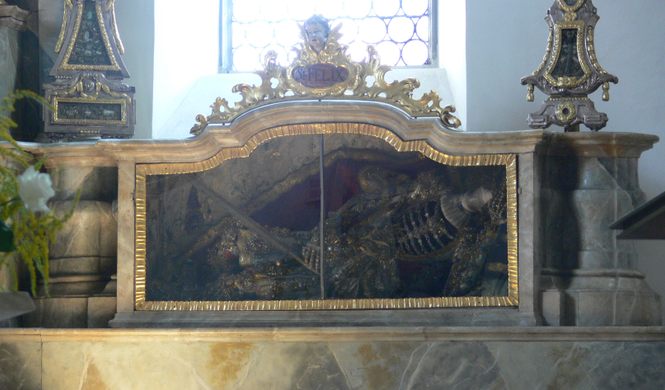
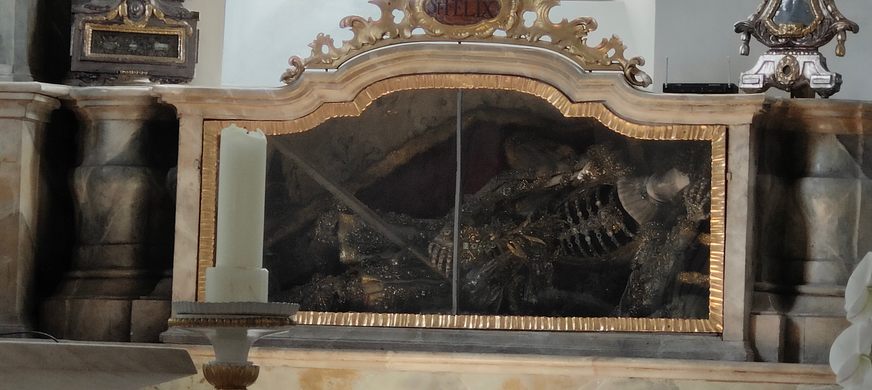

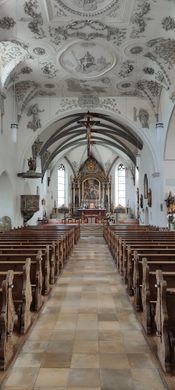
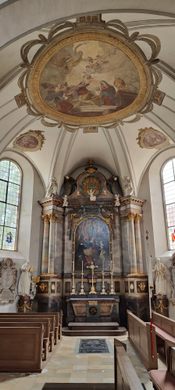





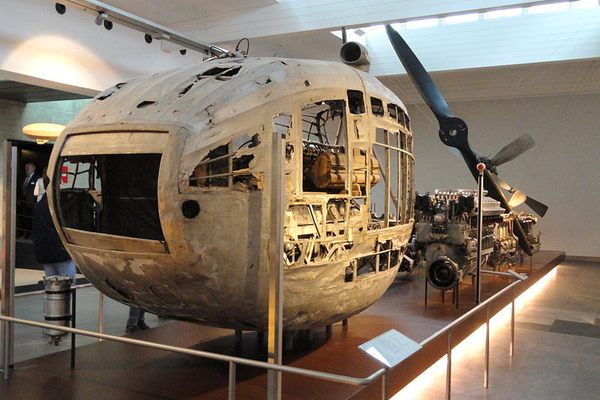





Follow us on Twitter to get the latest on the world's hidden wonders.
Like us on Facebook to get the latest on the world's hidden wonders.
Follow us on Twitter Like us on Facebook